Table of Contents
If there’s one thing your newborn does almost as much as sleeping and eating, it’s excreting. So, you’re going to want a suitable place to change their diaper. This means a safe spot like a change table, and a comfortable, non-toxic change pad with an eco-friendly cover (or five! Let’s be honest).
Before you buckle in your baby and snap those diaper snaps though, there are a few things you’re going to want to know about change pads, including what to avoid in a change pad and why.
What to look for and what to avoid
Change pads are, to all intents and purposes, a firmer, slightly contoured version of most crib mattresses. To keep your baby safe, change pads usually have two curved sides, with some models sporting four contoured edges. These are intended to help prevent your baby from rolling off the table.
Some change pads also have a strap and buckle to help secure your baby, offering extra peace of mind in those first few sleep-deprived weeks and months.
Despite these safety features, you should never leave a baby unattended on a change table. Ideally, you’ll also keep a hand on them at all times, even when rummaging around for a fresh diaper in the shelves below (which is why a well-stocked change table with everything to hand is an absolute must!).
Change pad materials
I recommend getting a safe, non-toxic change pad that mostly comprises:
- organic cotton
- wool
- natural latex
- a hemp pad
Ideally, the change pad has some kind of water resistant or waterproof protection. This can come from a wool puddle pad or a plant-based polyethylene cover that is wipe-clean.
At a pinch, a polyester change pad that is free from flame retardants and other chemicals and that has a polyethylene cover is a decent option. This should be less toxic and slightly better for the environment than a polyurethane foam pad.
PVC, PU, TPU, what?
Unfortunately, most change pads are made with polyurethane foam and a PVC cover or TPU (thermoplastic polyurethane) cover. Of these, TPU is arguably the least troublesome, which is why we are okay with recommending mattress protectors with a thin layer of TPU.
Plastic is currently the only viable way to completely waterproof a change pad, but not all plastic is the same. Different types of plastic have different levels of toxicity for human health and the environment.
If you’re faced with a choice between polyurethane, PVC, and TPU, TPU is probably your best option for a waterproof change pad.
TPU is similar to polyurethane, but provides greater water resistance. It also differs in that it does not contain crosslinks, and has hard and soft segments that make it more durable, elastic, and resistant to stretching and stains than polyurethane.
Compared to PVC and polyurethane, TPU is less likely to degrade and crack, meaning that the waterproof covering of a change pad will stay waterproof for longer.
TPU is made from polyether, polyester, or polycaprolactones, while polyurethane is made from polyols and isocyanates. In general, TPU is considered less toxic than polyurethane, given that it doesn’t contain problematic isocyanates and polyols.
In fact, TPU is used in biomedical applications and is considered an inert material, depending on exactly how it was created. This is also why it’s used in many disposable diapers and cloth diaper covers for the waterproof outer layer.
If there are monomers and catalysts left over from the polymerization reaction(s) and other processes used to create TPU, there’s a chance that these could pose a risk of toxicity. Also, other chemicals may be added to TPU which could compromise its safety, and the degradation of TPU may produce unsafe degradation products, including toxic gases and dust.
As with polyurethane, burning TPU produces irritant toxic fumes, meaning that any change pad made with a significant amount of TPU will probably have been treated with flame retardants. To avoid these, look for products that carry GOTS, MadeSafe, and EcoInstitut certification. These certifications allow for small amounts of TPU but don’t allow for toxic flame retardants in products.
What about polyethylene covered change pads?
Your best bet for a green and non-toxic change pad is a polyurethane-free change pad with a wipe-clean, food-grade polyethylene cover.
Naturepedic, for instance, uses polyethylene for the waterproof cover on its organic cotton change pad.
Polyethylene is food-safe and waterproof. It is a synthetic material, almost always made from petroleum and other chemicals, some of which may be hazardous. However, the polyethylene used to waterproof change pads like Naturepedic’s is made from non-GMO sugarcane, making it a bioplastic. It meets strict GOTS, MadeSafe, and Greenguard Gold requirements for safety and toxicity.
With a change pad cover in place, your baby won’t be exposed to the polyethylene surface. In fact, your kid is more likely to encounter polyethylene grocery bags and food wrappers.
Like all plastics, polyethylene will eventually degrade with exposure to sunlight, heat, and moisture, and it may release toxic gases when this happens. Polyethylene also breaks down very quickly if washed with warm water, so you should never machine wash a polyethylene change pad or cover.
The best puddle pad options I can find are from Holy Lamb Organics (view on Amazon, view on Holy Lamb Organics). I got mine second hand but believe they were from a local baby and kids store, so if you have an eco-friendly store like that near you, ask if they have puddle pads there!
Given the high risk of mold, mildew, bacterial, and fungal infection in a change pad, however, I’d recommend choosing a pad with a polyethylene cover. You can then cover the pad with a puddle pad and organic cotton change pad cover for added protection (both from off-gassing and any accidents). It is also a good idea to air out a change pad for at least a few days before use.
The best eco-friendly non-toxic change pads
Many change tables come with an in-built or removable change pad, usually made with cheap polyurethane foam that is likely doused in flame retardants and covered in phthalate-heavy PVC.
If possible, opt for change table without the pad (we’ve ranked our favorite non-toxic change tables here) and then choose one of the following two options. If anyone knows of another good change pad, please get in touch as these are the only decent options I’ve found after a lot of research!
At a glance:
Fill material: Organic cotton, polyethylene foam core
Pad exterior and acccessories: Polyethylene, with polypropylene interlinings-straps-buckles, and polyester seam bindings and sewing thread
Measurements: 16.5 inches by 31.5 inches by 4 inches
Price: $129 (for two-sided and four-sided) / $29 for cover only
Certifications: MadeSafe, GOTS, EWG Verified, Greenguard Gold
The Naturepedic change pad is a contoured pad made with mostly organic cotton, along with some safer synthetic components. It is MadeSafe, GOTS, and Greenguard Gold certified and is free from:
- Vinyl or PVC
- Phthalates
- Flame retardants
- Perfluorinated chemicals (PFCs)
- Other troublesome chemicals.
The Naturepedic change pad has a wipe-clean waterproof cover made with polyethylene from non-GMO sugarcane. (You can also add on an inexpensive organic cotton pad cover that is machine washable.)
At first, I was unsure if the Naturepedic Change Pad was truly waterproof, given its eco credentials. After many years of use, though, it has held up incredibly well and shows no signs of soaking up spills. Still, I use a puddle pad and change pad cover over top for easy cleaning. After all, you can’t machine wash the whole change pad.
I love that the pad comes in an organic cotton carry case, which has also helped to protect it in storage. I also really like how easy it is to attach the included snap studs to the change table. you could also attach these to a wall or dresser if necessary. This lets you secure the whole change pad, so it won’t flip off the table with an exuberant rolling baby.
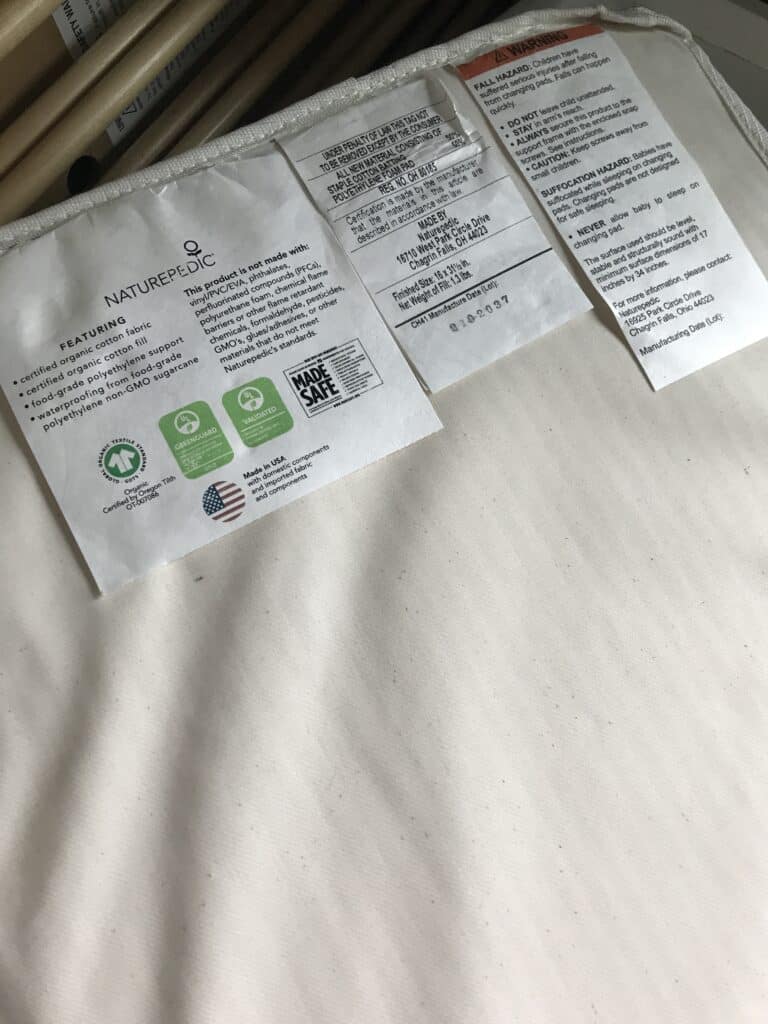
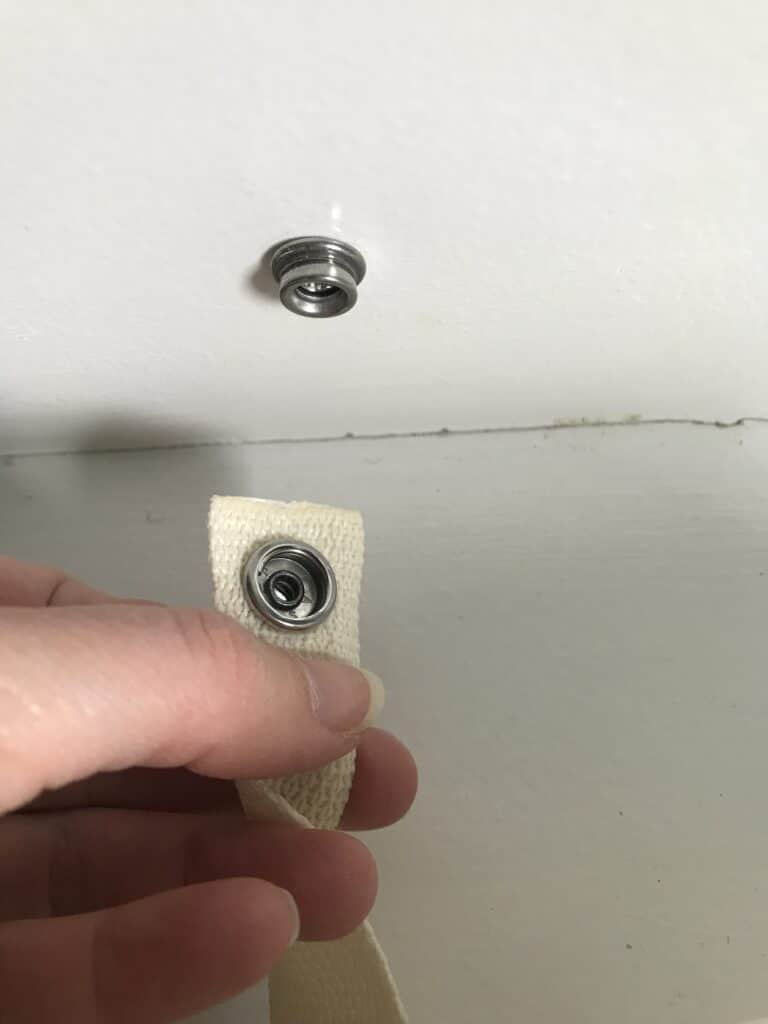
The polyethylene surface meets food-safe standards and the pad comes with snap-screws to secure it to a change table or dresser and a safety buckle to keep your baby in place and safe. I chose the two-sided pad, so my baby would be comfortable for longer, without bumping up against either short side.
This change pad fits most change trays and tables.
This pad is made in the US and Naturepedic is a great company with a solid reputation for quality products and good customer service, making this easily my top pick for an eco-friendly, non-toxic change pad.
This pad also comes with a 100-night free trial, free returns, and 1-year warranty.
Naturepedic is offering LeafScore readers 15% off their purchase using coupon code LEAFSCORE15 at checkout.
At a glance:
Fill material: Polyester
Cover: Polyethylene
Measurements: 16 inches by 31 inches by 4 inches
Price: $49
Certifications: Greenguard Gold
Certainly not as eco-friendly as Naturepedic’s pad, but far more affordable, the DaVinci contour changing pad is miles better than a conventional polyurethane foam pad.
This pad is Greenguard Gold certified and comprises 100% polyester fiberfill with a PVC-free waterproof cover made with food-safe polyethylene.
The pad is free from:
- Polyurethane foam
- Vinyl and PVC
- Chemical flame retardants.
It has a safety strap, extra firm quilted padding, and contoured walls for security and comes with a 1-year warranty. And, naturally, it fits pretty well with any DaVinci changer dresser.
Because of the quilting, liquids do tend to pool a bit on this pad and can stain. I suggest using a puddle pad and extra cover to protect the pad and for easier clean-up.
Eco-friendly change pad covers
Most change pads come with a suitable cover, but you might want to get a few extras for convenience and hygiene. After all, few things are messier than newborns!
A good set of change pad covers reduces the risk of bacteria and other organisms growing in and on the pad.
Most change pad covers are made with conventional cotton. This is a water-hungry crop that is typically treated with a heavy barrage of pesticides. The fiber is then bleached and dyed, meaning that by the time it makes contact with your baby’s skin (and your skin), a conventional cotton cover can contain an array of potentially toxic chemicals.
A lot of change pad covers are marketed as organic. Sadly, most aren’t made with organic cotton. This, and crib sheets, is an area where greenwashing runs amok.
The best way to avoid any unnecessary worry is to choose organic cotton change pad covers that haven’t been bleached or dyed with problematic azo dyes or other such chemicals. It’s also handy to have a smaller wool puddle pad to provide an additional barrier between change pad and pad cover.
To check if a change pad cover is genuinely made with organic cotton, look for the GOTS logo. Then look for the ID number. If there isn’t one, contact the company or do a search at the GOTS database. If the company and product is not listed, it’s not genuinely GOTS certified and you’re likely just paying more for a greenwashed product.
At just $29, the Naturepedic Organic Cotton Change Pad Cover is a great add-on when getting the change pad itself. That way, you know it will fit perfectly and is made by the same great company. Fully elasticated for easy changes and a snug, safe fit.
Note that because the Naturepedic change pad is a half inch wider and longer than many other pads, the cover may also be a bit loose on a smaller pad.
Honest Company offers a wide range of diapering, bedding, clothing, and personal care products that are safe, non-toxic, and organic. I love the variety of patterns and colors available for these fun, super soft organic cotton changing pad covers.
Honest Company changing pad covers have the essential reinforced buttonhole slits through which safety straps go. The covers also boast full elastic all the way around, so these covers stay snug and your pad stays protected.
Made with soft Jersey Knit with premium elastic for extra stretch and a safer, snugger fit, this change pad cover comes plain or patterned. It is made with 100% organic, GOTS certified, breathable cotton, is machine washable and dryable, and fits standard 16″ x 32″ change pads.
Bonus: Travel change pad!
Diaper changes don’t just happen at home!
Keep your baby comfortable and safe, and keep all your supplies in one spot, with this handy, GOTS certified organic cotton travel change pad.
The portable changing mat folds up easily to fit into a diaper bag or purse. It also has its own zippered pocket for keys and your wallet, plus an open pocket for wipes. That way, you can grab it and go if packing light.
The changing pad is made using GOTS certified cotton and dyes (azo-free) and has a lovely soft, quilted surface with a screen-printed Magical Forest design.
FAQs
This type of polymer is both the simplest of all commercial polymers and the most popular type of plastic in the world.
Polyethylene is the plastic used to make:
Grocery bags
Toiletry bottles
Sandwich wrap
Bullet proof vests.
The strength of the plastic depends on its molecular structure, which basically consists of a long chain of carbon atoms with two hydrogen atoms attached to each carbon atoms. Once this chain begins to branch off into other chains, the plastic becomes softer.
While it’s often touted as being non-toxic and entirely safe, polyethylene is still a synthetic material produced using potentially problematic chemicals.
The chemical reaction required to create polyethylene typically involves a transition metal catalyst, like TiCl3, or titanium trichloride, and co-catalysts such as group III metals like aluminum. The type of low-density polyethylene used for waterproof change pad covers does not, however, typically contain bisphenol-A (BPA).
Naturepedic uses sugarcane-derived polyethylene, however. This is far better than petroleum-derived polyethylene in terms of manufacturing toxicity and end of life biodegradability.
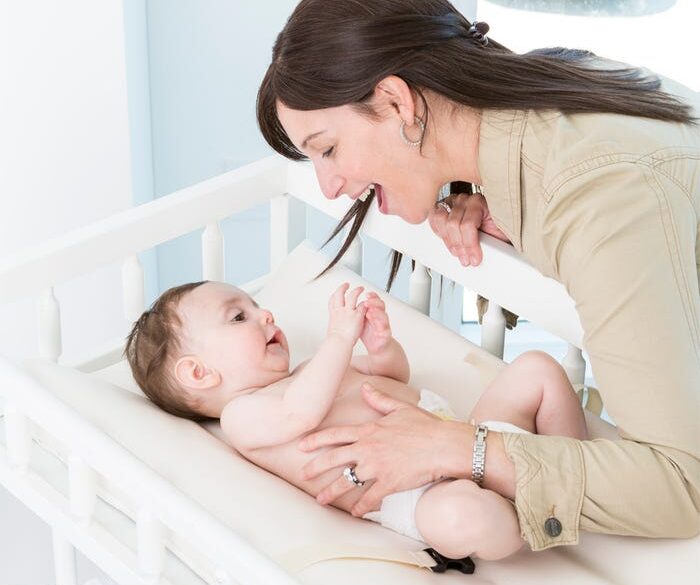
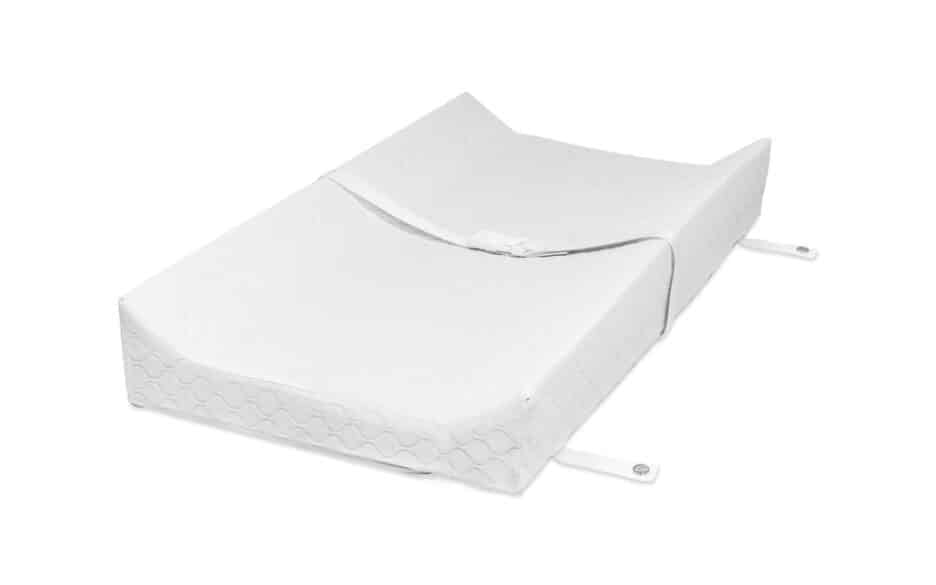
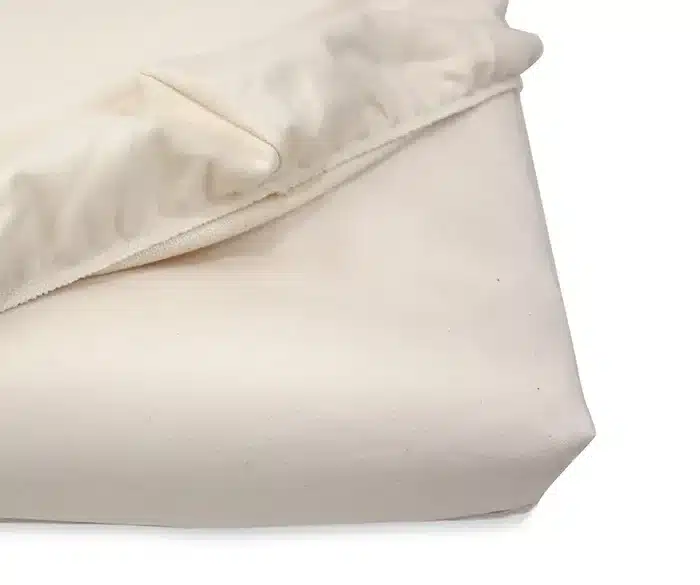
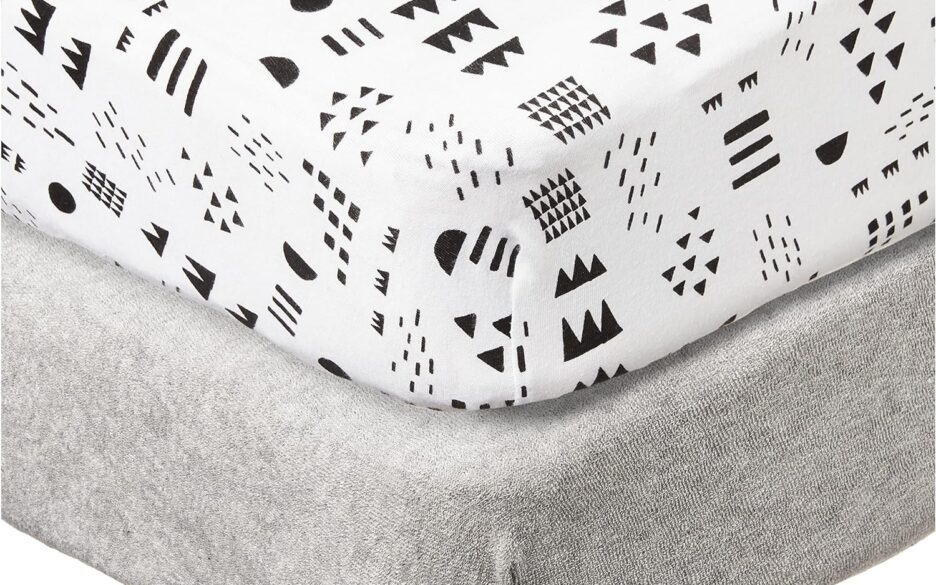
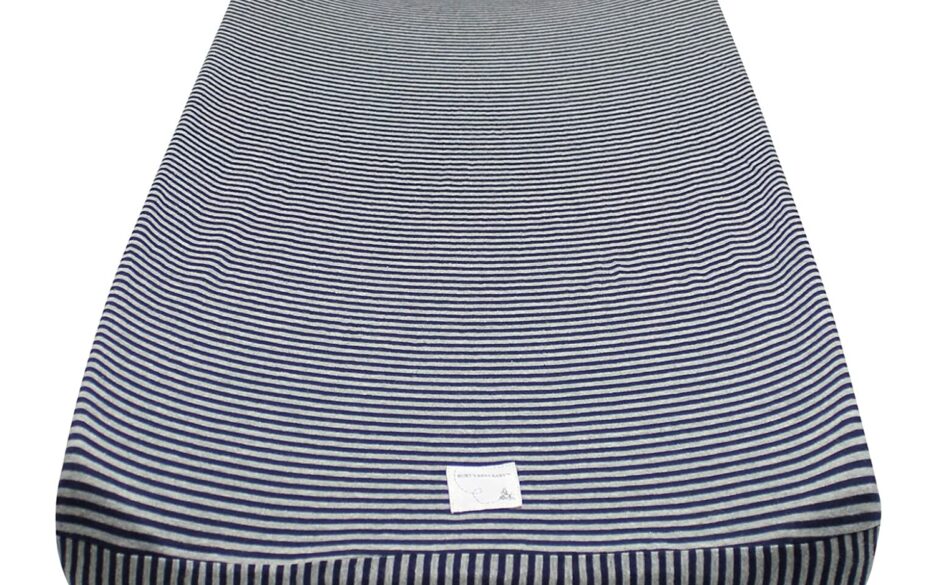
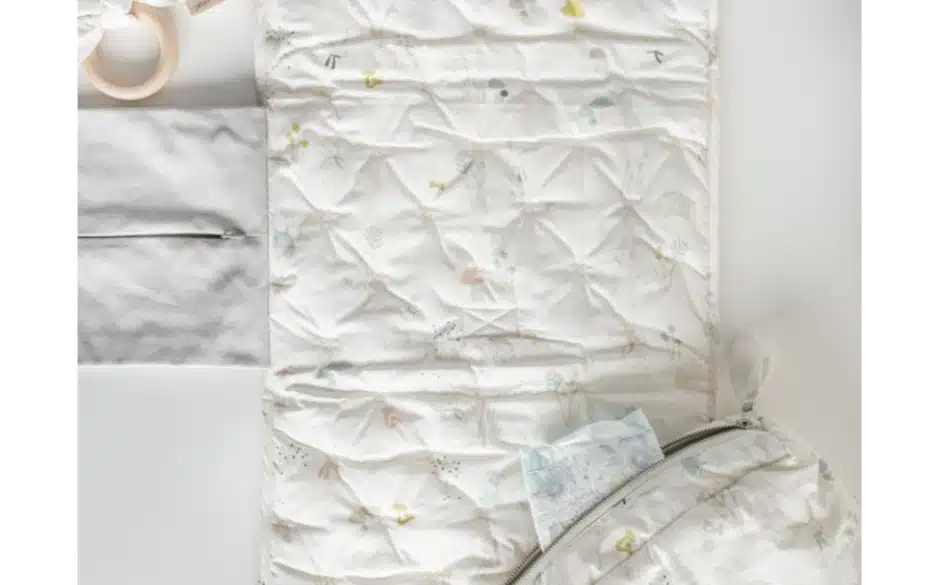
Looks like the DaVinci model has increased $20 since September– crazy!